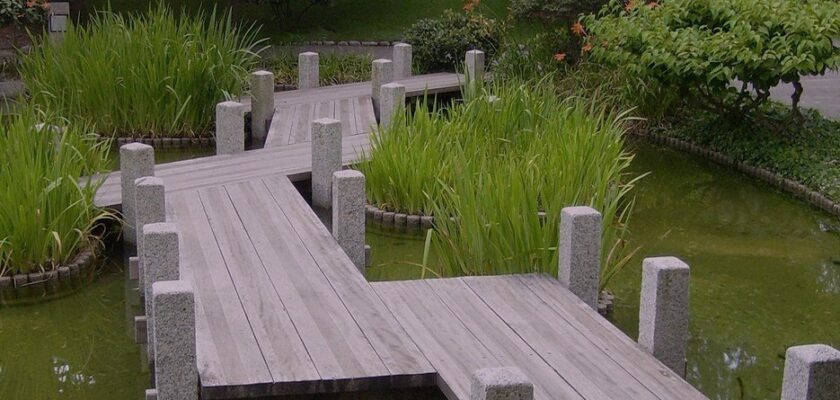Japanese Garden in Monaco (Jardin Japonais de Monaco)
The Japanese Garden in Monaco covers an area of 7 km² and is located right on the coast of the Mediterranean Sea. At the request of Prince Reiner III of Monaco, the garden was designed by the winner of the 1990 Osaka Flower Show, landscape architect Yasuo Beppu. In November 1992, it was consecrated by a high-ranking Shinto priest from the Dazaifu Shrine in Japan. Today, the garden is a true work of art that incorporates all the basic components of a true Japanese garden – stone, water and vegetation in the most marvelous harmony, as well as many symbolic elements.
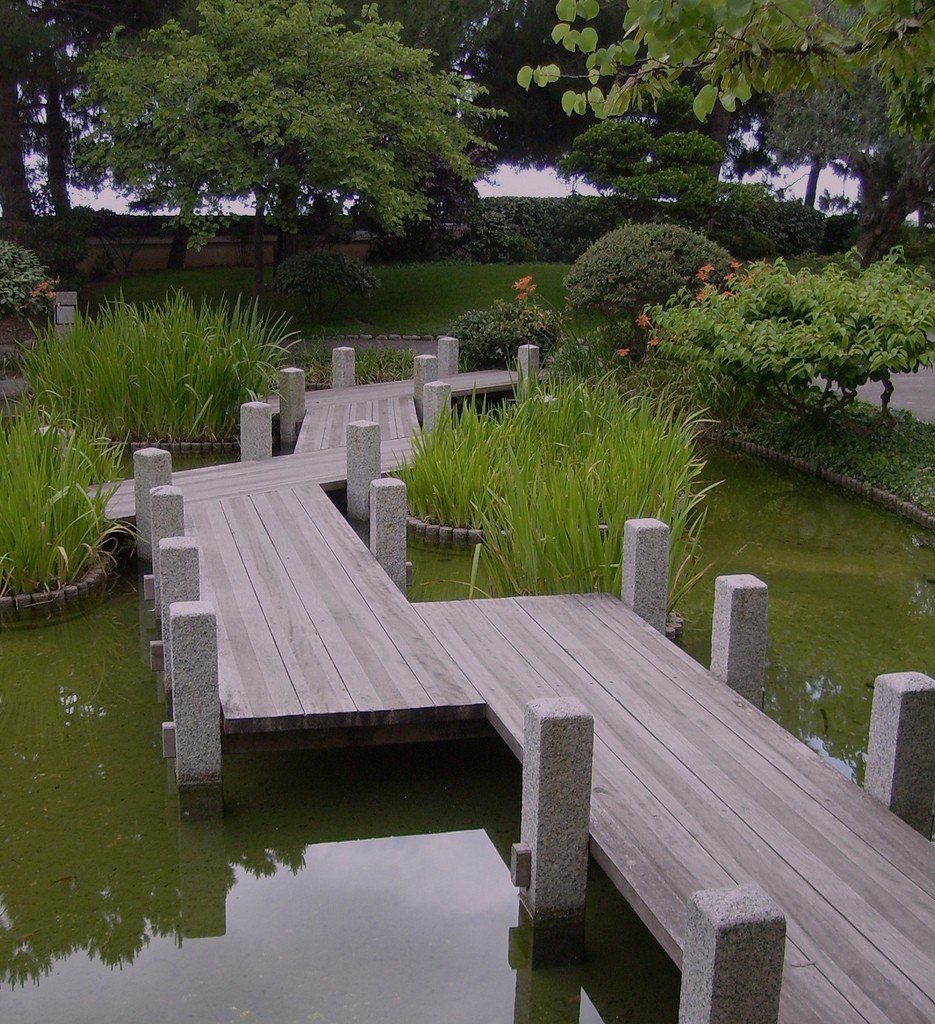
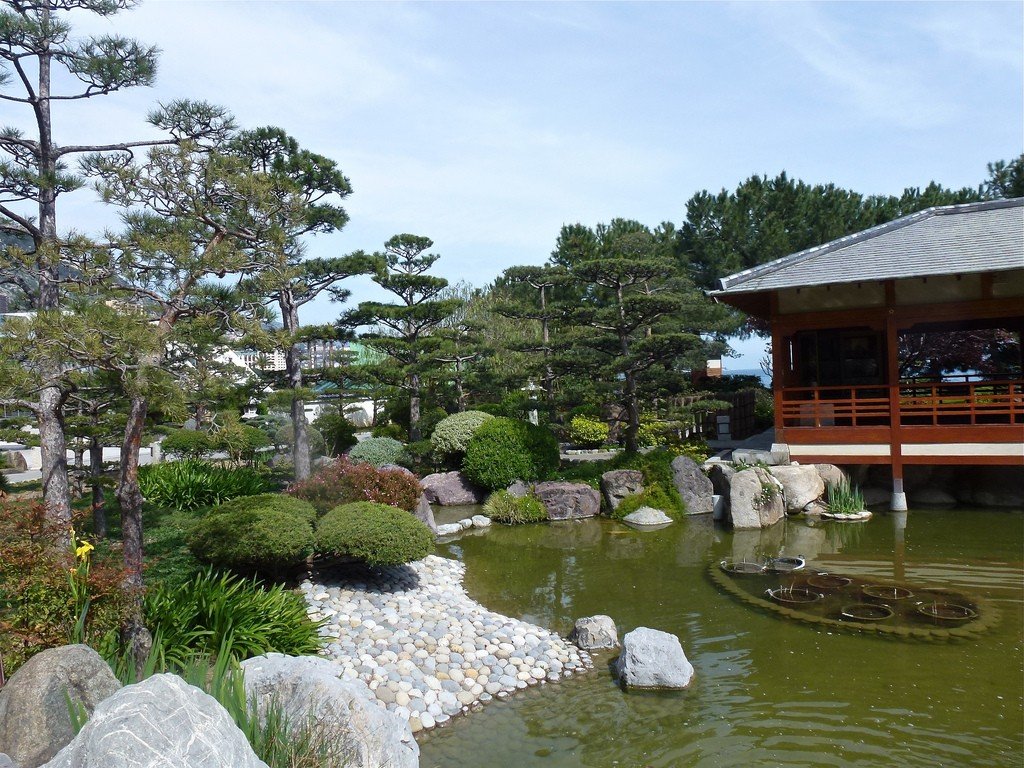
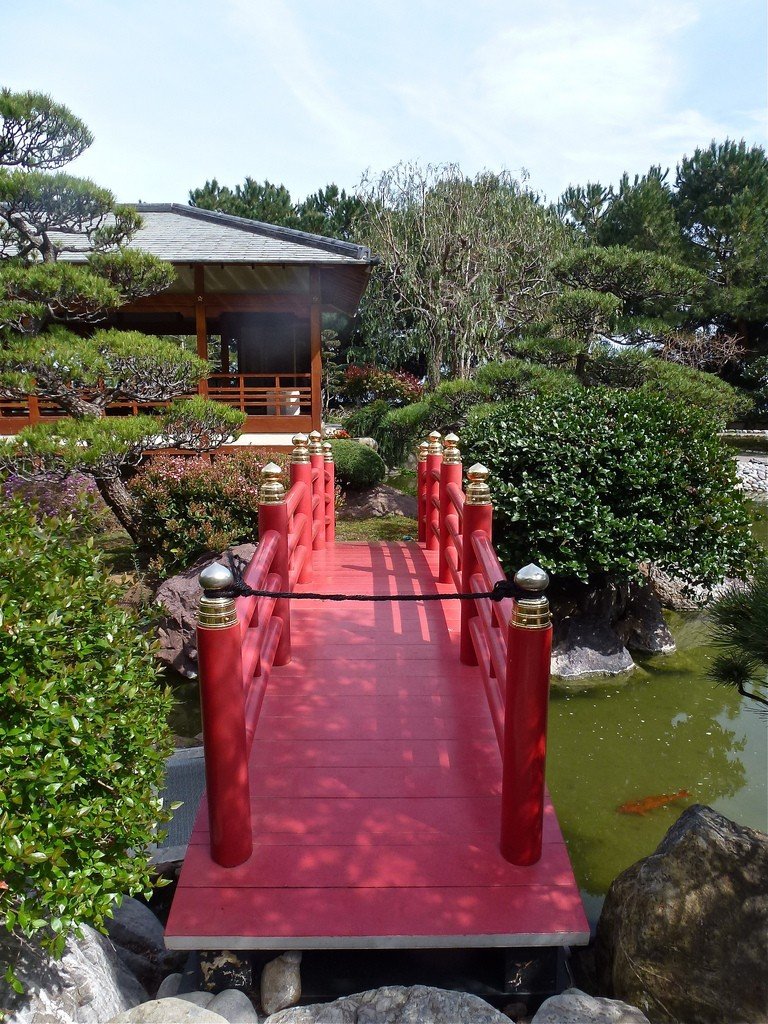
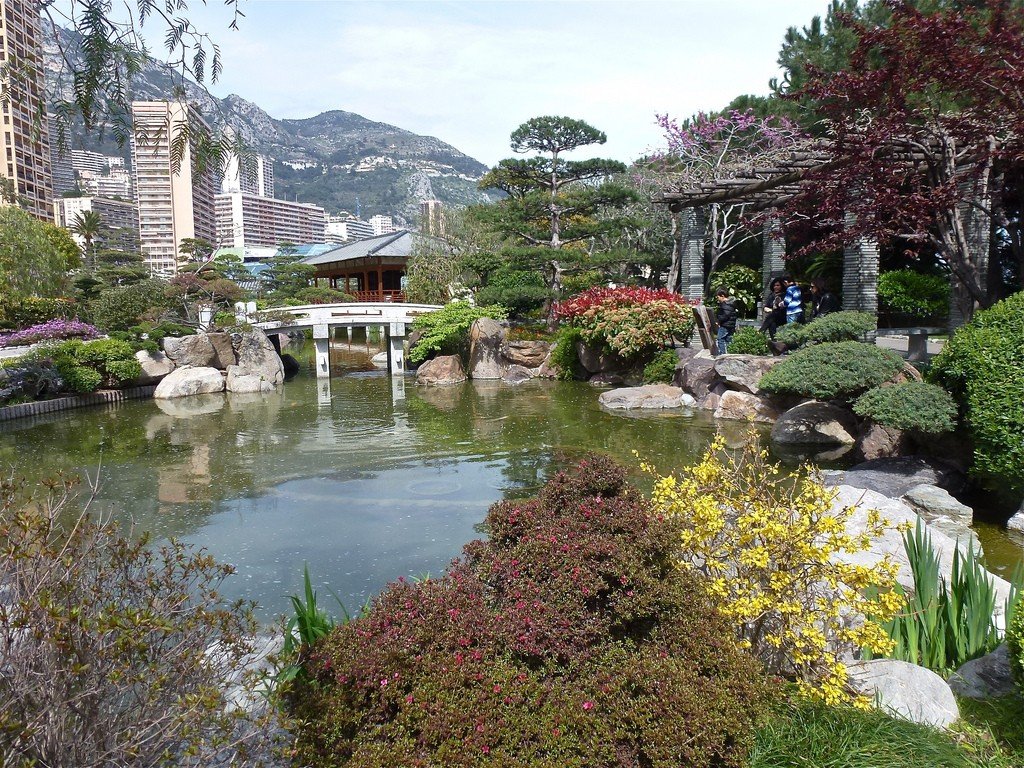
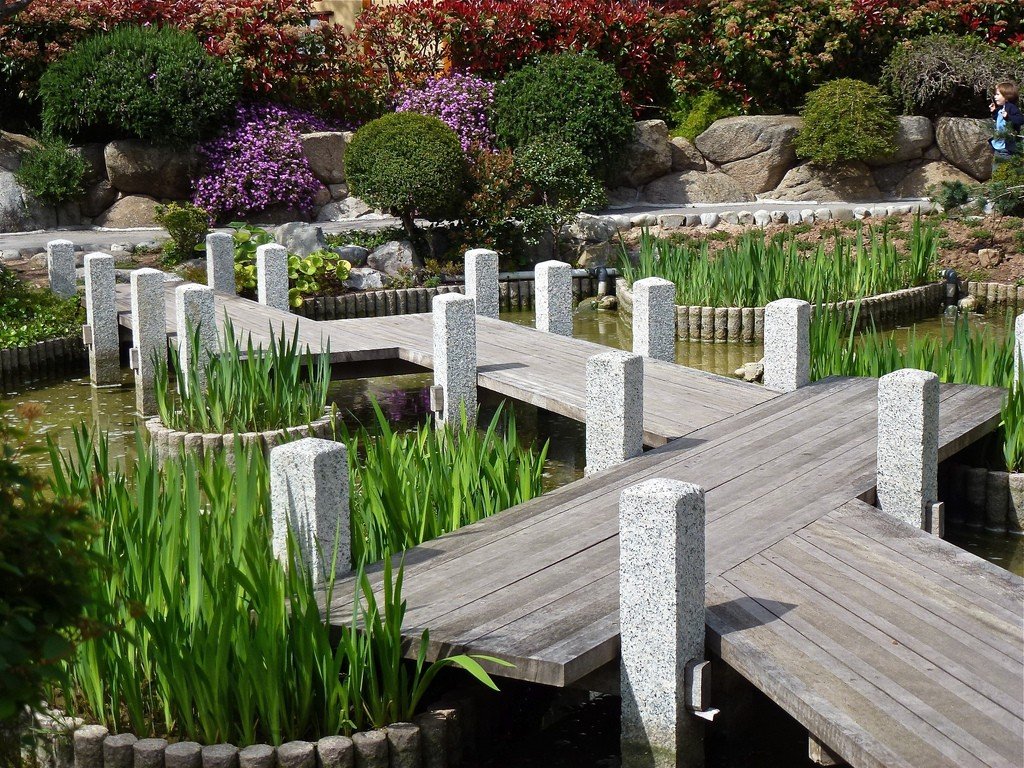
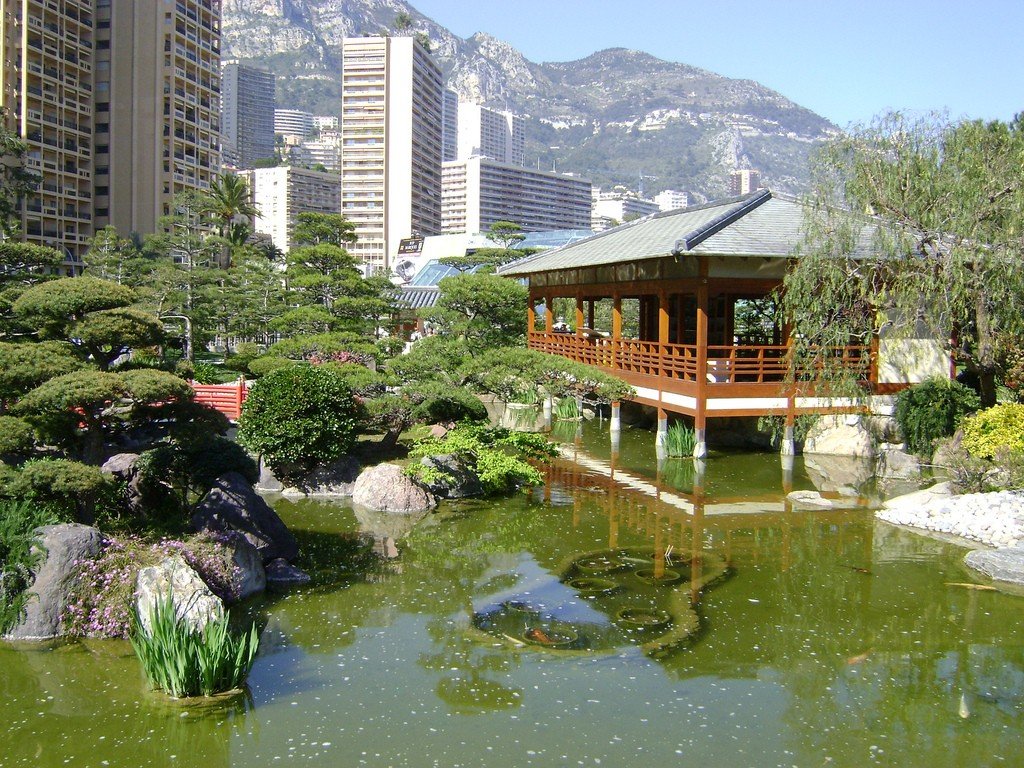
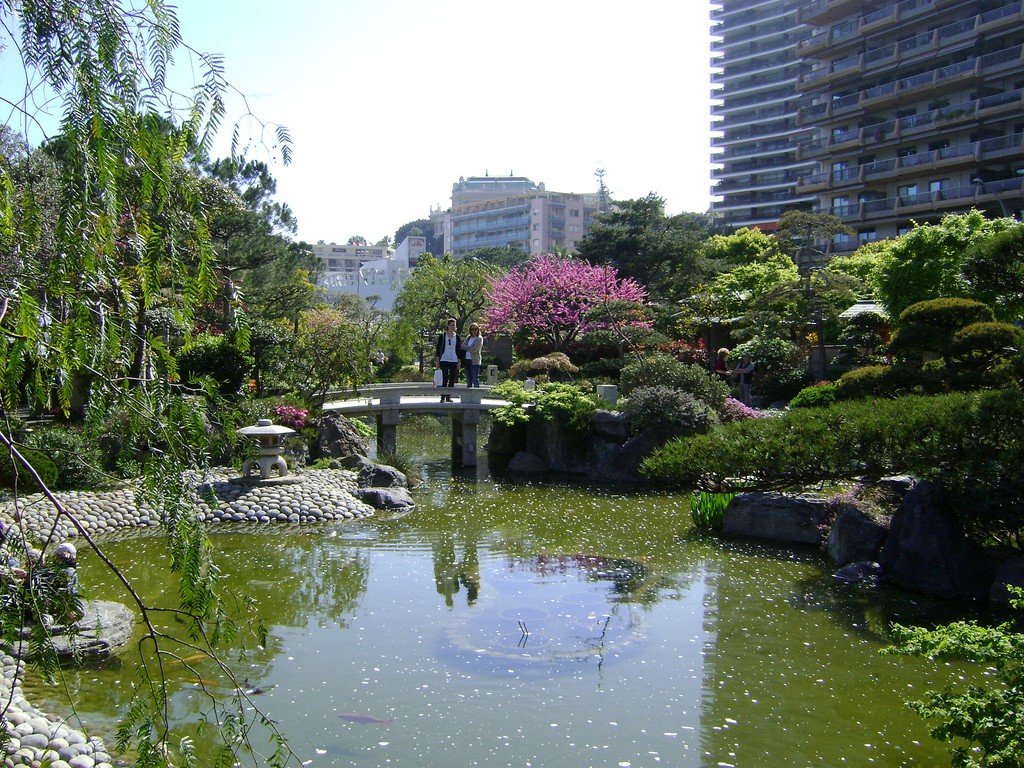
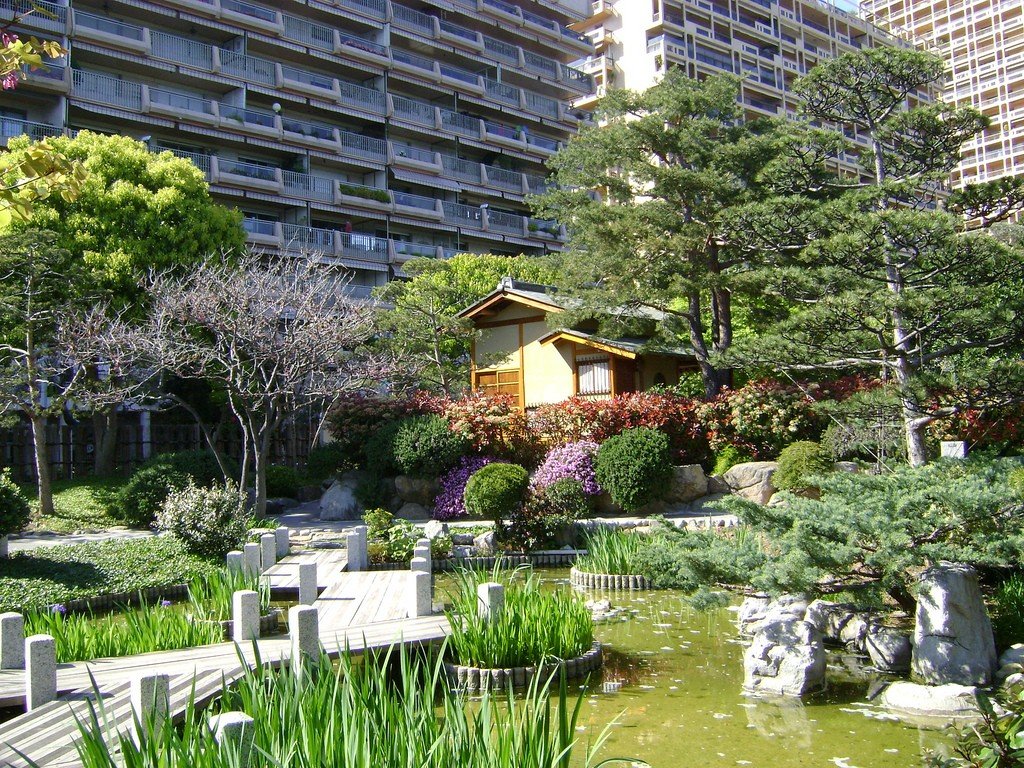
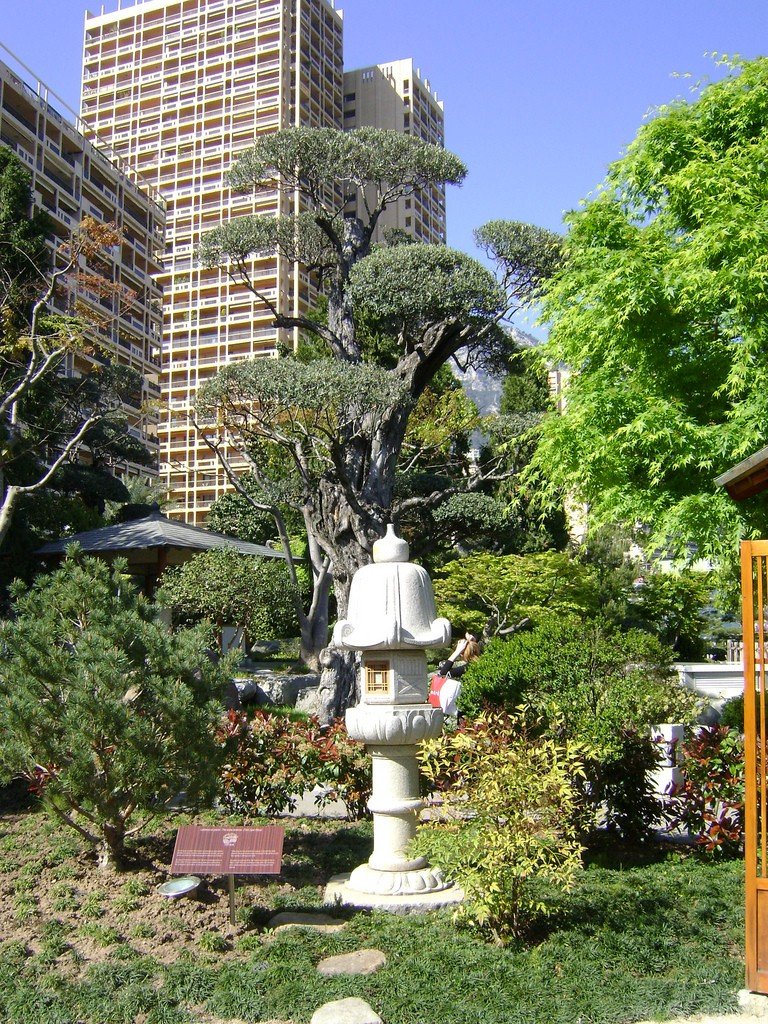
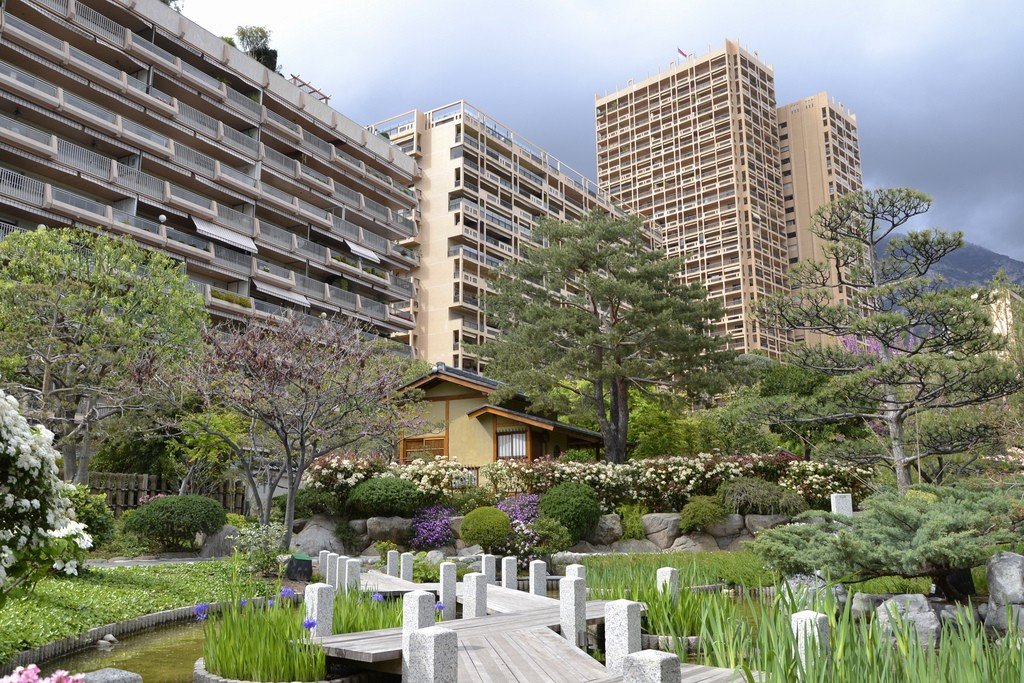
General Information
The perception of nature in Japanese culture is markedly different from that of Europe. Instead of viewing nature as an object to be enslaved and transformed to suit their own ideals of beauty, the Japanese treat nature with sacred reverence and only emphasize its individual character. A Japanese garden is a stylized copy of nature, including all its elements: mountains, hills, waterfalls, banks, streams, lakes. Originating from China, the basic traditions of the Japanese garden go back to the 6th century. They are based on 3 fundamental elements: line, point and surface, represented here too by a long path circling a large lake and waterfall. Nature in miniature – this approach to creating a garden comes from Zen philosophy, disposing to meditation as a way to seek clarity and beauty.
.Conifer and olive trees are neatly trimmed here in the tradition of the Land of the Rising Sun. The cascades and streams of water lapping the artificial symbolic islands evoke a sense of serenity and peace, soothing at every turn. Natural stones are precisely sorted by shape, color and size. The bamboo hedges, Tea House, stone lanterns, paving tiles and wooden gates were made and imported from Japan.
.
The Japanese garden in Monaco is protected from strong sea winds by plantings of pine trees around the perimeter. To add more ornamentation, these plantings include individual beautifully flowering cherry trees and waders of bamboo. The waders also represent simplicity, lightness and non-durability and also symbolize welcome to guests. The main gate to the garden is of an imposing size, indicating respect for the visitor to the garden. Stone lanterns, due to their specific beauty, have a place of honor in the most beautiful corners of the garden. Depending on their shape and size, they can symbolize, for example, a sphere reflecting fire, a wish-fulfilling god or a sculpture of a lotus flower with opening petals. Some of the lanterns have an unusually large umbrella-shaped “roof” or are made up of many tiers.
.
The lake with its vast mirror-like surface of water and gentle shores of pebbles, as well as the stone fountain, represent the wealth and prosperity of the Principality of Monaco. The islands are symbolized by two happy animals enjoying their long lives. One of them is a turtle, flat and slow, embarking on a leisurely long journey through the seven oceans of the planet. This image is represented here by an island with two pine trees. The second allegorical animal is a crane, tall and fast, creating a nest for incubating eggs. It is symbolized by an island with one pine tree.
.This miniature garden at the foot of the city also has a kind of microclimate of its own, which is maintained by frequent dense fogs. By depositing azure drops on the leaves of azaleas, rhododendrons and camellias, the mist makes the garden fresh and, together with the warm Mediterranean sun, colors it more vividly.
.
Practical information
Address: Principality of Monaco. Monte-Carlo, Avenue Princesse Grace. 06/98000
The Japanese Garden in Monaco is open from 9:00 until sunset. Admission is free.
.